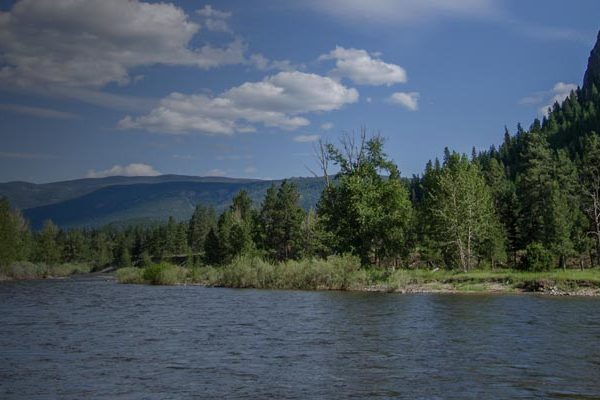Development of a High-Resolution Stream Temperature Model for British Columbia’s Nicola River Watershed

ESSA developed predictive water temperature models for streams in the Nicola River watershed using a unique spatial statistical network approach. The work leveraged technologies and protocols developed within the USFS’s NorWeST project while integrating experience and data from British Columbia.
Project Details
Location: |
Nicola River watershed, British Columbia, Canada; N 50°08′59″, W 120°53′09″ | |
Client: |
Pacific Salmon Foundation/Great Northern and North Pacific Landscape Conservation Cooperatives | |
Duration: |
2015 – 2017 | |
Team Member(s): |
Marc Porter, Marc Nelitz, Cedar Morton, Katy Kellock, Meaghan Leslie-Gottschligg | |
Practice Area(s): |
Fisheries & Aquatic Sciences | |
Services Employed: |
Ecological Modelling, GIS Analysis and Information Systems, Statistical Design & Analysis |
The Problem We Aimed to Solve:
Water temperature plays a fundamental role in structuring freshwater ecosystems. Thermal changes can lead to fragmentation of freshwater habitats, especially for vulnerable fish species. Managers must consider implications of local temperature stressors and potential climate changes on their management actions. Yet in British Columbia broad-scale planning is only possible using crude climate surrogates like air temperature or elevation. “Temperature Sensitive Stream” (TSS) designation is a BC regulatory tool intended to protect critical fish-bearing streams that could be altered by stream heating due to human development as well as climate change. Effective TSS designation has been challenging however without a strong information base of provincial water temperatures to support decision making.
How We Helped:
This challenge implies the need for a robust modeling framework to allow determination of water temperatures across streams during the critical summer period. Spatial statistical models for river networks like those recently developed for the NorWeST stream temperature project in the Pacific U.S. can provide a stronger base of information. These models can be developed using existing BC stream temperature data and applied to stream reaches within potentially sensitive areas of BC. Given the availability of useable time series temperature data the Nicola River basin was selected as a pilot study to explore NorWeST modeling protocols. Use of NorWeST methods required working with new spatial layers and data sets to test the transferability of the protocols for potential application across British Columbia.
Our Project’s Impacts :
Outputs from this pilot project were: (1) compiled stream temperature datasets from the Nicola basin study area (and more broadly across BC), (2) base architecture for a comprehensive, interagency stream temperature database now maintained by the Pacific Salmon Foundation, (3) pilot of existing NorWeST protocols for application to stream temperature data from the Nicola basin in combination with GIS spatial layers derived from BC’s 1:20K Freshwater Atlas, (4) a predictive stream temperature model for the Nicola basin that incorporates important climate drivers and geomorphic factors, and (5) spatially continuous maps of historical and predicted future stream temperature derived from the Nicola basin-scale temperature model (pilot analyses) (see example in Figure 1).

